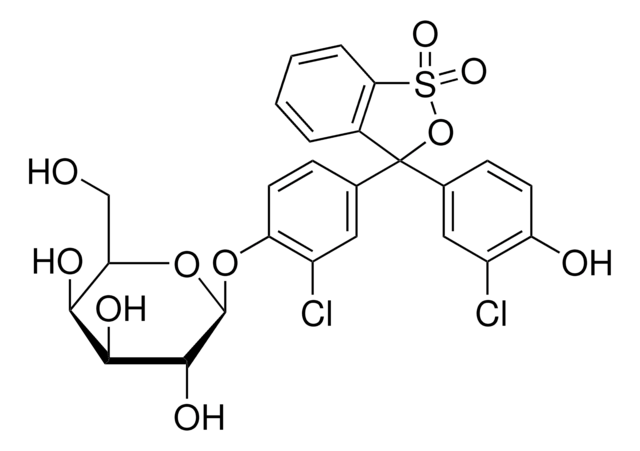232653
Chromium(VI) oxide
ReagentPlus®, 99.9% trace metals basis
Synonym(s):
Chromic anhydride
Select a Size
Select a Size
About This Item
Recommended Products
Quality Level
product line
ReagentPlus®
Assay
99.9% trace metals basis
form
(powder and or flakes)
pH
<1 (20 °C, 100 g/L)
mp
196 °C (dec.) (lit.)
SMILES string
O=[Cr](=O)=O
InChI
1S/Cr.3O
InChI key
WGLPBDUCMAPZCE-UHFFFAOYSA-N
Looking for similar products? Visit Product Comparison Guide
Related Categories
General description
Application
- Transformation of various primary alcohols to carboxylic acids.
- Oxidation of arenes (naphthalenes and anthrathene) to the corresponding quinones by using periodic acid as the terminal oxidant in acetonitrile.
- Benzylic oxidation of various substituted toluene to the corresponding benzoic acids.
- Oxidation of sulfides to sulfones.
Legal Information
Signal Word
Danger
Hazard Statements
Precautionary Statements
Hazard Classifications
Acute Tox. 2 Inhalation - Acute Tox. 3 Dermal - Acute Tox. 3 Oral - Aquatic Acute 1 - Aquatic Chronic 1 - Carc. 1A - Eye Dam. 1 - Muta. 1B - Ox. Sol. 1 - Repr. 2 - Resp. Sens. 1 - Skin Corr. 1A - Skin Sens. 1 - STOT RE 1 Inhalation - STOT SE 3
Target Organs
Respiratory system
Storage Class Code
5.1A - Strongly oxidizing hazardous materials
WGK
WGK 3
Flash Point(F)
Not applicable
Flash Point(C)
Not applicable
Regulatory Listings
Regulatory Listings are mainly provided for chemical products. Only limited information can be provided here for non-chemical products. No entry means none of the components are listed. It is the user’s obligation to ensure the safe and legal use of the product.
EU REACH SVHC Candidate List
EU REACH Annex XVII (Restriction List)
EU REACH Annex XIV (Authorisation List)
Choose from one of the most recent versions:
Already Own This Product?
Find documentation for the products that you have recently purchased in the Document Library.
Customers Also Viewed
Active Filters
Our team of scientists has experience in all areas of research including Life Science, Material Science, Chemical Synthesis, Chromatography, Analytical and many others.
Contact Technical Service















